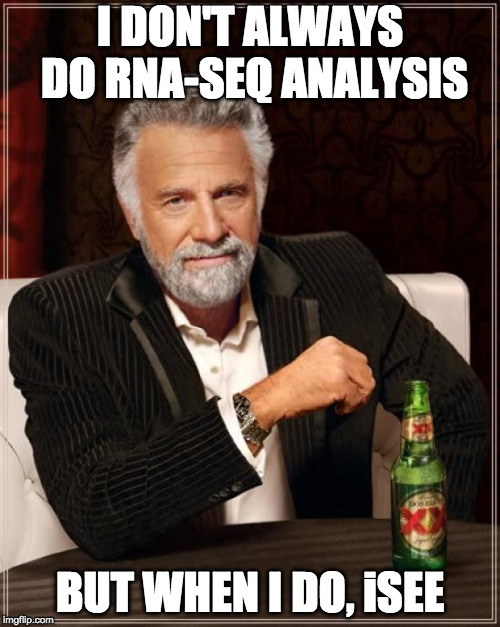I'm Federico Marini, Virchow Fellow @CTH Mainz/IMBEI
PhD in Biostatistics/Bioinformatics @IMBEI: Development of applications for interactive and reproducible data analysis
\(\rightarrow\) Methods and tools to maximize information extraction and knowledge transfer, strengthen translational interactions
You can find this presentation here: https://federicomarini.github.io/erum2018/ @FedeBioinfo
